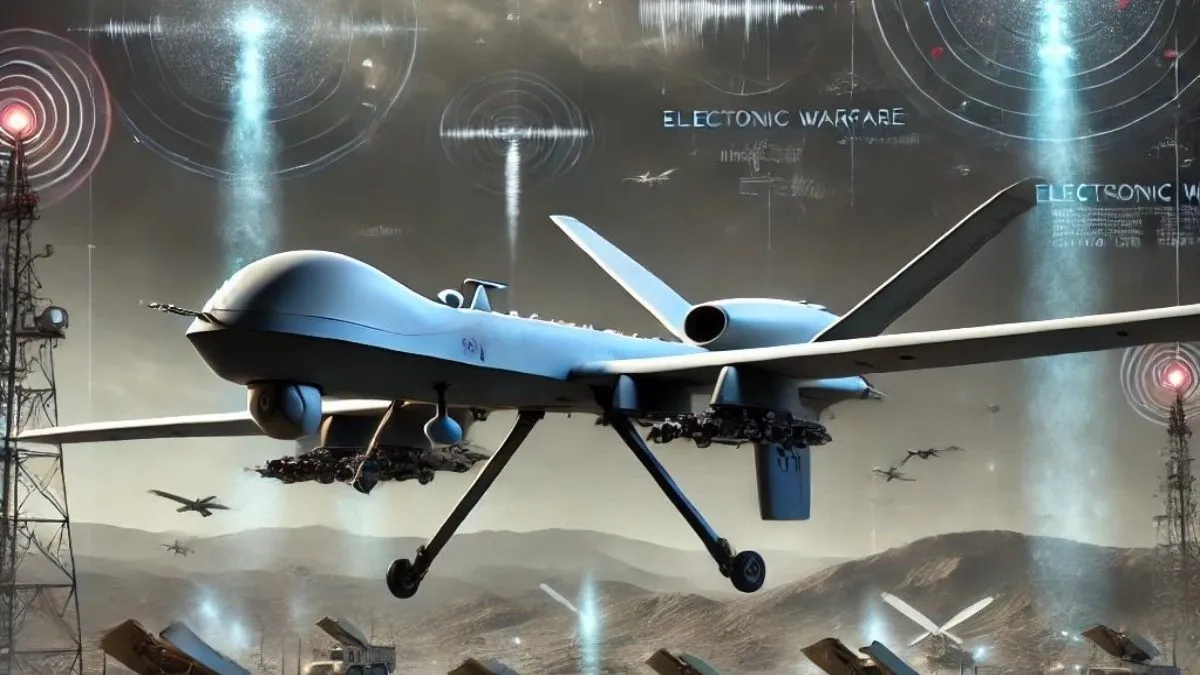Reaper Drone: Facing Increasing Risks in Contested Airspace

Understanding Reaper Drone Challenges
The Reaper drone has long been a critical tool for intelligence, surveillance, and reconnaissance will find itself facing mounting challenges. As modern air-defense systems evolve, the MQ-9 Reaper drone's effectiveness in conflict zones is being severely tested.
Capabilities and Limitations
The Reaper drone speed is approximately 300 mph, making evasion difficult against contemporary threats. Its size and operational parameters expose it to multiple vulnerabilities, especially in areas where electronic warfare techniques are frequently employed.
Lessons from Recent Conflicts
- The Houthis have demonstrated effective use of asymmetrical warfare against large UAVs like the Reaper drone.
- In Ukraine, both forces routinely leverage advanced surface-to-air missile systems to down UAVs.
Future of UAV Warfare
With lessons learned from past conflicts, the Indian defence sector is shifting towards innovations like stealth drones and autonomous systems to ensure aerial superiority.
This article was prepared using information from open sources in accordance with the principles of Ethical Policy. The editorial team is not responsible for absolute accuracy, as it relies on data from the sources referenced.